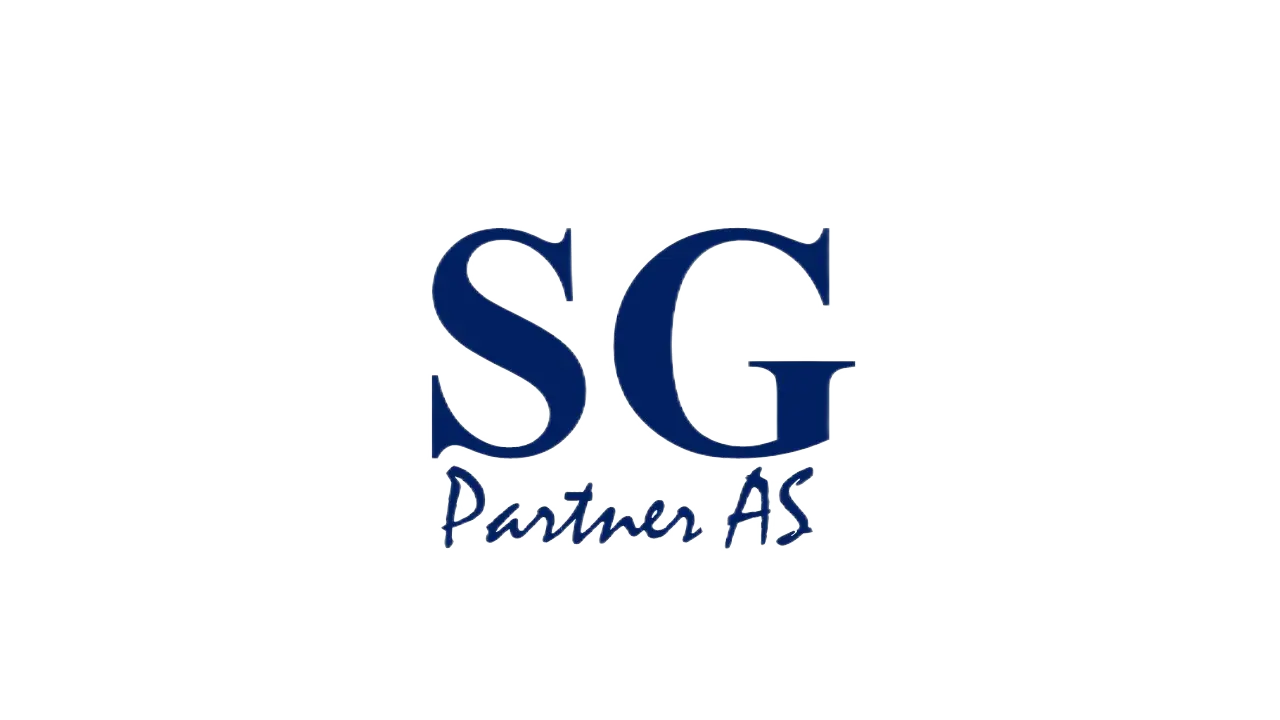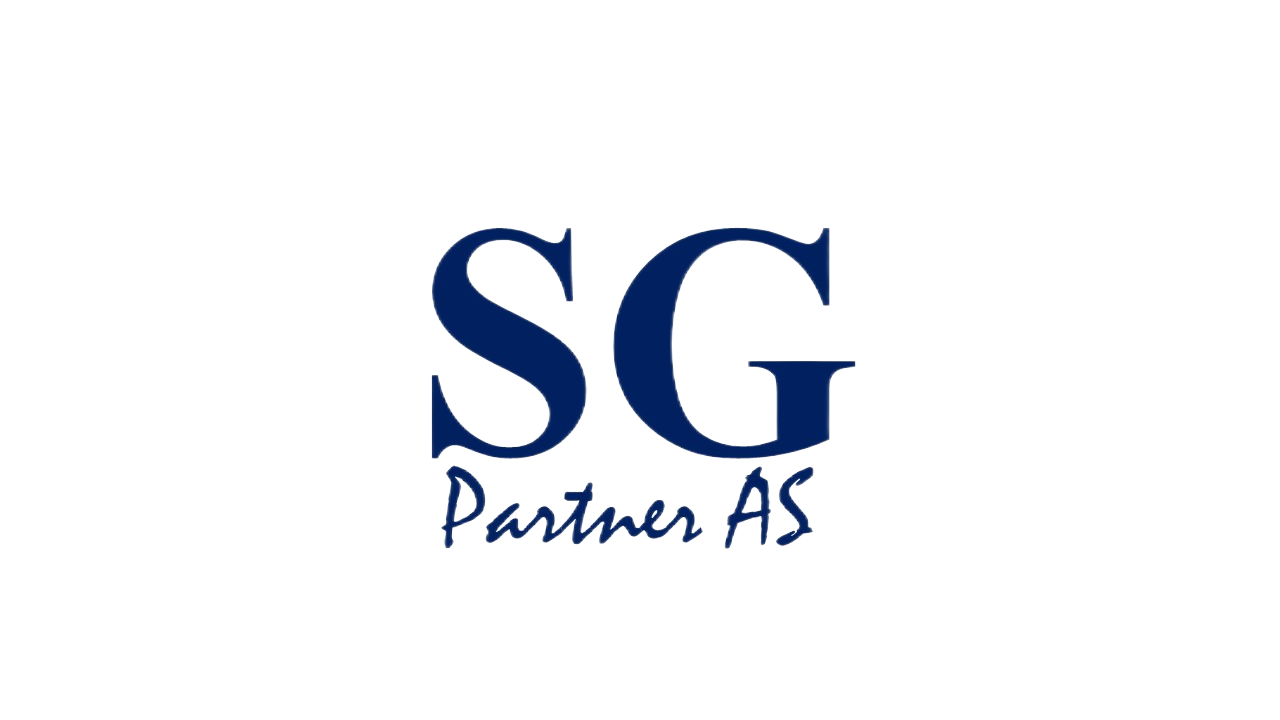COURSE OBJECTIVE:
• Manage stage fright through experience, optimism, and preparation
• The quality standards for presentations
• Best practices guidelines
• Outline dynamic presentations
• Prepare audio-visual aids that serve as speaker's notes
• Deliver strong openings
• Non-verbal cues and clues
TARGET AUDIENCE:
PMP-certified project managers, IT project managers, project coordinators, project analysts, project leaders, senior project managers, team leaders, product managers, program managers, project sponsors, and project team members who want to continue to develop their skills and renew their PMP certification.
COURSE PREREQUISITES:
• There are no prerequisites for this course.
COURSE CONTENT:
1. Presentation Basics
• Why a Presentation?
• Presentations and Your Career
• A Presentation Is:
• Not necessarily a speech
• Not necessarily a formally planned and rehearsed event
• Sometimes a one-on-one encounter
• What you make it
• Stage Fright
• Know the subject matter vs. know your material
• Own it!
• Preparation overkill
• Necessary Skill Sets
• Exceptions
• Quality Standards for Presentations
• Presentation Best Practices
• Get to the Point
• Say It Multiple Times In Multiple Ways
• Vary the Tone, Vary the Rhythm
• The Silent Treatment
• It's All About «Three»
• Shorter Is Usually Better (Attention Span, Concentration Level)
• Visual Aids and Speaker's Notes
2. Nonverbal Communication in Presentations
• From the Presenter
• Subconscious level
• Gestures
• Make a face
• Open the gait (walking gestures)
• Don't «rock-out»
• Gesture clusters
• Sudden changes
• Congruence
• From the Audience
• Constantly reading the audience
• Changes can be very subtle
• Cues that should be your CLUES
• Nonverbal red flags (be careful!)
3. Connection-ability
• Know What You Want/Open Strong
• Joke
• Story
• Silence
• Have a Point of View
• Start with the Big Stuff
• Tell Them Your Way
• Be a Storyteller
• Make it personal
• Make it engaging
• Don't make it stiff
• Presenting Data vs. Presenting an Experience
• Establish Your Comfort Zone Early
• Make it close if possible, even in a large group
• Move to the audience
• Eye contact/focus
• Control Those Q & A Sessions
• Anticipate
• Lead
• Direct
• Have questions asked when you want them asked (and make the audience think it was their idea)
• OWN it! (again)
• Start Where the Audience Is
• Always keep the audience in mind
• Involve the audience if at all possible
• Morrisey – retention curve principle
• Edutainment
• Passion
• Ownership
• Openness (verbal, nonverbal)
• Attitude
• Creativity
• Style
• The Build
• It's All About «Three(again, yet different this time)
• Wishy-Washy vs. Directness
• Say It, Don't Spray It! (not a reference to diction
• Make a Face
• The Goldilocks Principle
• Relax
• Breathe
• Smile
• Have Fun!
• Be Full of It: Information, Not Yourself
FOLLOW ON COURSES:
IT Risk Management
Program Management
Requirements Development, Documentation, and Management

